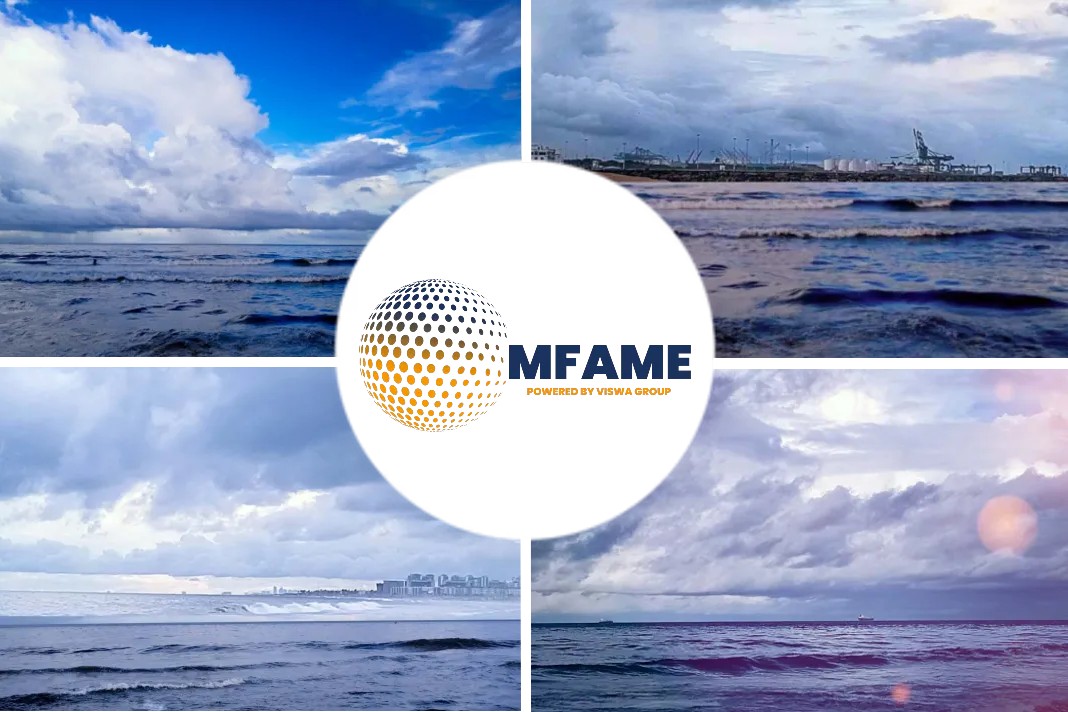
The International Maritime Organization is aware that a shift in direction is required in the shipping sector in order to address the climate catastrophe, as reported by EDF.
Short-term measures
By committing to the Initial Greenhouse Gas Strategy in 2018, which requires the shipping industry to reduce emissions by 50% by 2050, it formally recognized this.
Since then, there have been several agreements on short-term measures.
The EU countries have been an engaged and active part of this process, but that has not stopped them from considering action under their regional banner, in particular the recent inclusion of shipping within their Emissions Trading System.
These considerations and subsequent actions are understandable as IMO has, at times, struggled to agree on specific actions regarding greenhouse gas emissions, partly due to a concern about increasing costs to consumers.
This is not a position which aligns with the evidence, at least in the medium to long term.
Ensuring that high ambitions translate to concrete action remains key.
Carbon Pricing
Carbon pricing comes in two principal forms. The first is through a cap-and-trade system, where a maximum ceiling on emissions is agreed upon and the rights to emit these are traded between operators. This ceiling can gradually be lowered to ensure that emissions decrease over time. The cap also encourages efficiency measures, which would allow more vessels to sail under the same level of emissions. However, there have been concerns within some communities about the efficacy and impact of its use. The second system is through a direct levy on fuel based on its carbon content. This directly encourages operators to lower their emissions to avoid additional fuel costs. The details of each mechanism’s design are critical to ensure its effectiveness. A carbon levy must be set at an appropriate level to support high-ambition objectives without overly damaging the global economy. In the case of an Emission Trading Scheme, ETS, the setting of an appropriate cap is likewise essential to ensure that emissions are reduced in line with the Paris Agreement while considering the projected growth of the industry upon which the global economy depends.
So far, much of the focus being on short-term measures, such as the Energy Efficiency Design Index, EEDI, The Energy Efficiency Existing Ship Index, EEXI, and the Carbon Intensity Indicator, CII, As such, it was only in May of this year that the 12th session of the Intersessional Working Group on Reduction of Greenhouse Gas Emissions from Ships, ISWG-GHG, agreed to recommend that IMO include carbon pricing in a “basket of mid-term measures,” without providing details on what form carbon pricing would take nor at what level any measures would be set. As such, it can be seen as the broadest agreement in principle.
The EU’s Action
It is at this stage that we can move on from IMO’s activity in London, and instead step across the Dover Straight to the European Union.
The EU has been operating its Emissions Trading System since 2005, and it is now the largest carbon pricing system in the world.
Fit for 55 also included the FuelEU Maritime Regulation, which once finalised, will begin an industry shift towards alternative marine fuels starting in 2025.
Perhaps more eye-catching, shipping has now been included in the EU ETS for the first time.
This will, in part, be used to finance decarbonization efforts for the industry.
The IMO’s Time to React
Despite significant disagreements within member states, the inclusion of shipping within the ETS proves two significant points to the international community.
Firstly, that the EU is determined to tackle the climate crisis across all sectors.
The EU has its own targets and goals that it wishes to achieve, Fit for 55 among them, which are driven by the desire of its own citizens and policymakers aside from international action.
Regional decision-making in its own right is not a dirty word.
However, not all IMO states will view it that way.
Some of IMO’s 148 member states who are not EU members might view unilateral EU action on areas within IMO’s remit as damaging the organization’s position as the regulator for international shipping.
It is difficult to imagine a greater cause for which the EU should take this step into uncertainty.
We recognise that ambition alone will not help address the climate crisis.
Only through effective engagement with all decision-makers can this issue be effectively addressed.
By including shipping within the ETS, the EU has set the level of ambition for the IMO abundantly clear.
It only remains to see whether IMO can rise to the challenge, or if it will cede not only the regulatory high ground but global leadership in the battle to reduce emissions from shipping.
Did you subscribe to our newsletter?
It’s free! Click here to subscribe!
Source: EDF
















